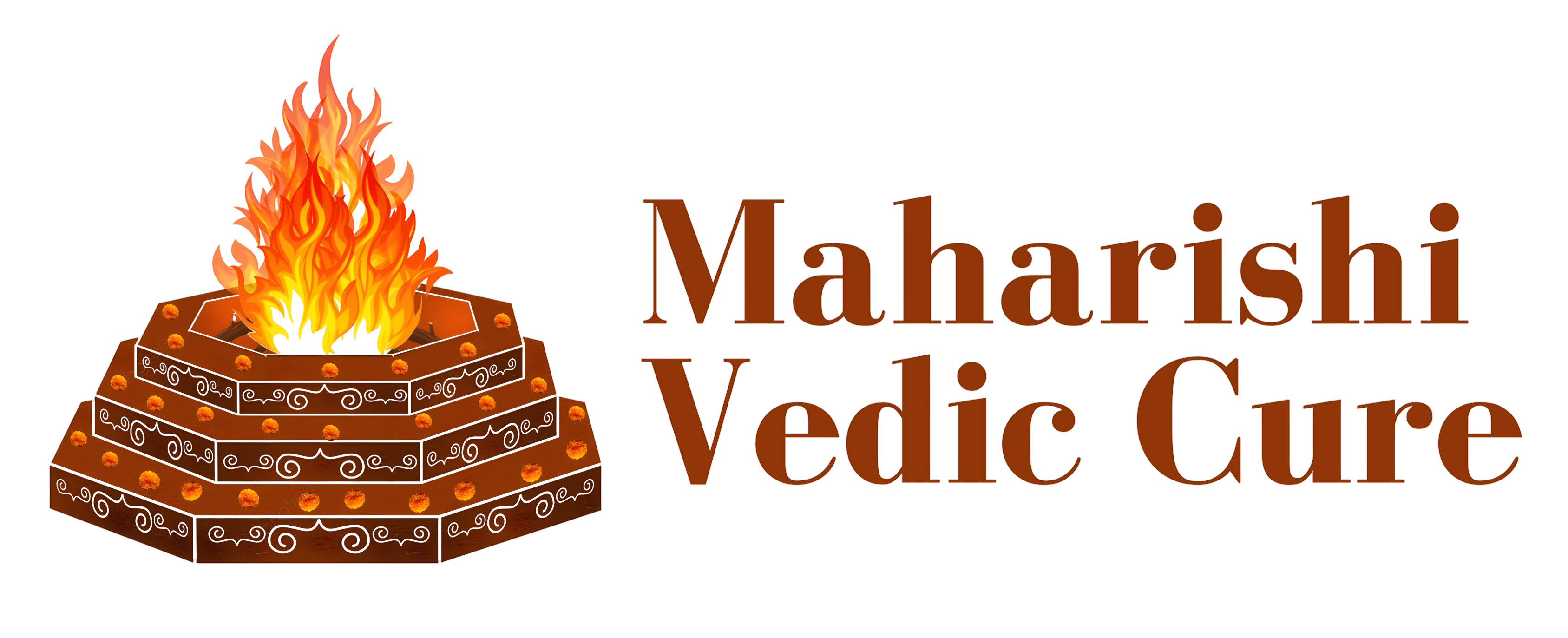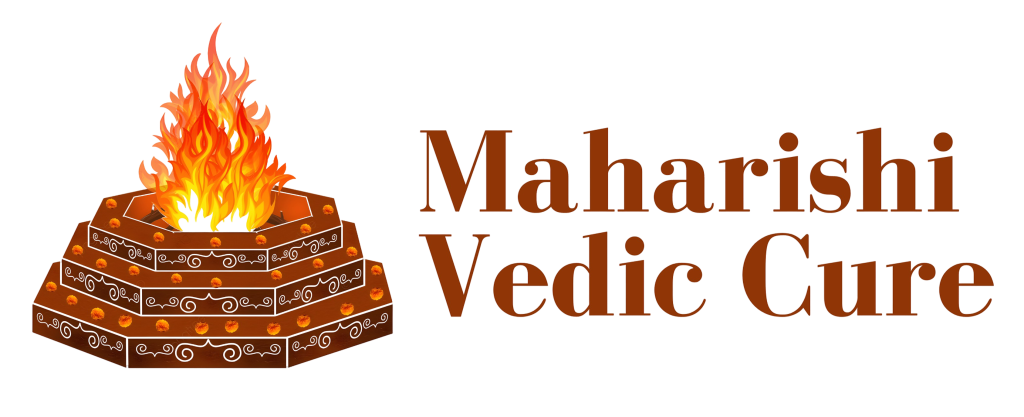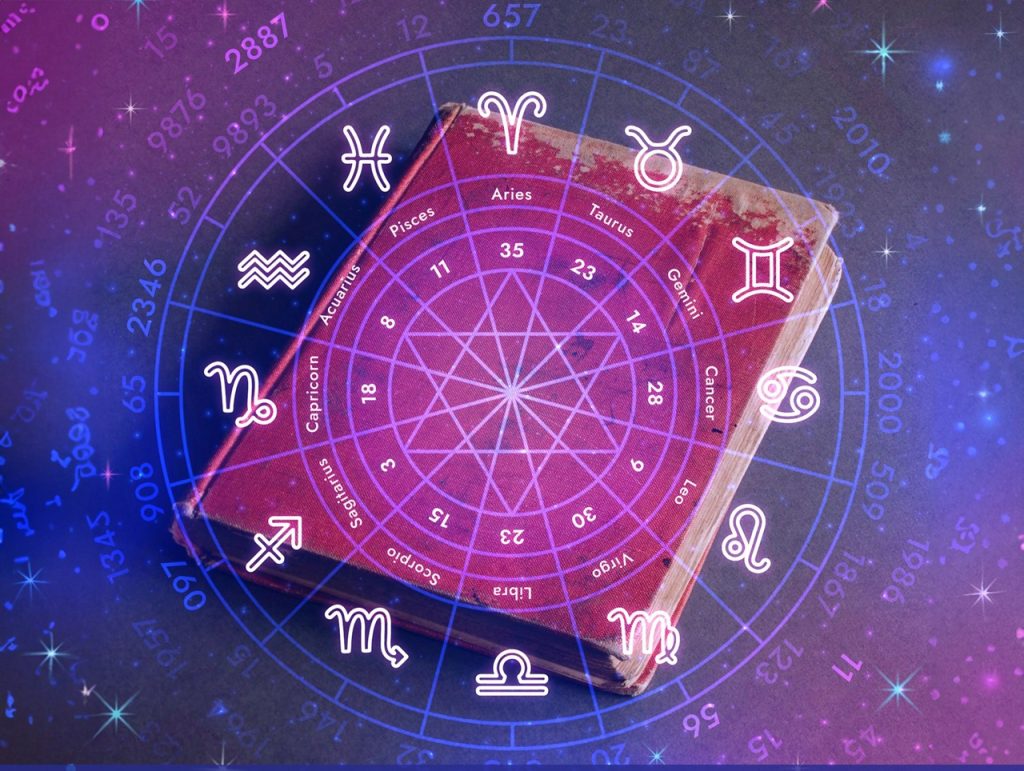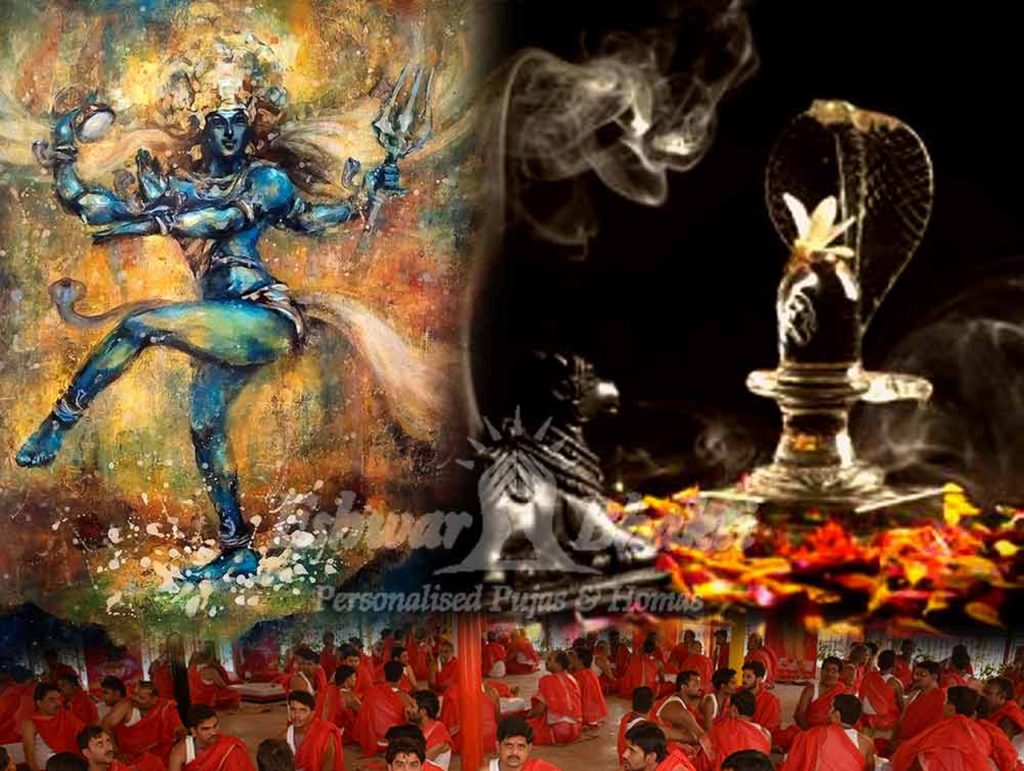About Yagya
About Us


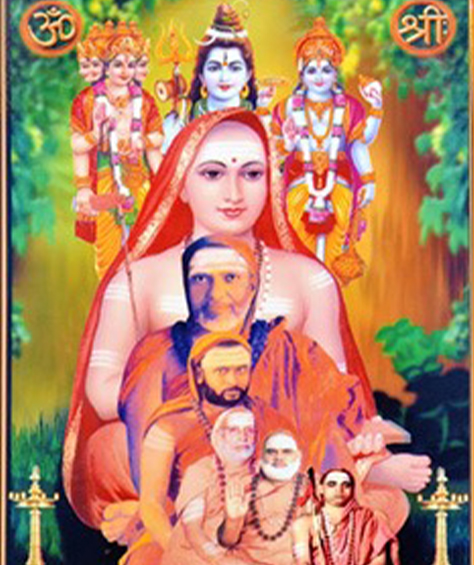
About Yagya
What is Yagya and Anushthan?
If it means sacrifice, sacrifice, auspicious work, to please your best food items and fragrant nutritious substances by offering sacrifices to the gods through fire and air for the sake of the whole world and your welfare, it is called yagya, mainly in three types. Consists of number 1 Brahma Yagya No. Two Dev Yagya No. 3 Pitru Yagya Brahm Yagya is performed with devotion, Dev Yagya is done to please the gods and Pitra Yagya is done to please the ancestors and to remove the Pitra defects in the horoscope.
Why Yagya is done ?
Harnessing Collective Spiritual Energy for Blessings.
#Anushthan :- This word is a Sanskrit word. It means when gods and goddesses are worshiped for auspicious success, such as Mahamrityunjaya for Shiva and Gayatri Jaap for Gayatri, for attaining the desired fruit for the attainment of a particular wish. Durga Saptashati Samput Chandi text related to marriage, Durga Saptashati Samput Chandi text, Lakshmi Puja and Lakshmi Abhishek etc. to increase business, Mahamrityunjay Jaap for the prevention of Maa Baglamukhi disease for the prevention of enemies.
Yagya and Pandit
# First Group :-
For personal Yagya, any person can select Yagya for himself and his relatives and friends. Our Vedic team has 5 plus 1 Pandit to perform that Yagya. 5 Pandits perform Yagya and one Pandit shows live performance of Yagya which is the appropriate general group for performing Yagya.
# Second Group :-
The second group of our Vedic team is a high caliber group where you get 11 plus 1 pandits. 11 pandits performing the yagya and one pandit showing the live yagya. This is a high caliber yagya where due to the increase in the number of pandits, the yagya is The effect becomes more powerful. The more Pandits you perform yagya with, the greater the effect.
"Samuh Yagya: Collective Rituals for Spiritual Harmony and Universal Well-being"
- Collective Participation: Samuh Yagya involves the active participation of a community or group of individuals. The rituals are performed together, and everyone contributes to the offerings and chanting.
- Common Purpose: The Yagya is conducted with a shared objective or intention. This purpose could vary, such as seeking blessings for the well-being of the community, prosperity, good health, or any other collective goal.
- Harmony and Unity: Samuh Yagya promotes a sense of unity and harmony among the participants. The collective energy generated through the rituals is believed to have a positive impact not only on the individuals involved but also on the broader community.
- Traditional Vedic Practices: The rituals in Samuh Yagya follow traditional Vedic practices, including the chanting of Vedic mantras, offerings to the sacred fire (Agni), and other prescribed ceremonies.
- Spiritual and Social Significance: Besides seeking spiritual benefits, Samuh Yagya is often performed to address social issues, promote peace, and enhance the overall well-being of society.
- Pandits or Priests: In many cases, knowledgeable priests or pandits lead the Samuh Yagya, guiding the participants through the prescribed rituals and ensuring the correct performance of the ceremony.
- Scriptural Authority: The procedures and mantras used in Samuh Yagya are often derived from ancient scriptures like the Vedas and other sacred texts, adding a sense of authenticity and adherence to tradition.
